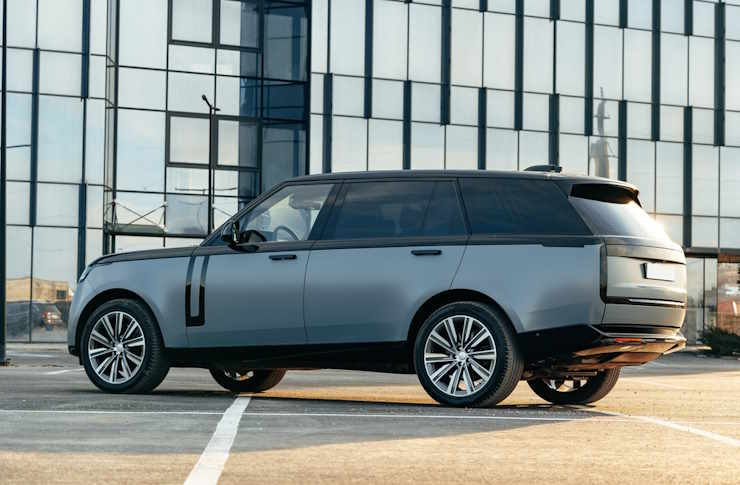Rediscovering the Thrill: The Renaissance of Manual Gearboxes
In a world increasingly dominated by autonomous vehicles and electric propulsion, there exists an enduring love for one of the oldest automotive technologies: the manual gearbox. This article aims to delve into the history, resurgence, and relevance of the manual transmission in today's automotive landscape.

The Legacy of Manual Gearboxes
The development of manual gearboxes dates back to the early days of motoring. The first cars built in the late 19th century were equipped with basic manual gearboxes, which have evolved over time to become more sophisticated and user-friendly. These gearboxes, which require the driver to manually shift gears, provided unparalleled control and a raw, visceral connection to the vehicle that many driving enthusiasts still crave today.
Manual Gearboxes: A Resurgence
Despite being overshadowed by automatic transmissions for their comfort and ease of use, manual gearboxes have seen a resurgence in recent years. A number of manufacturers, including Porsche and Aston Martin, have revived manual gearboxes in their sports cars, catering to a niche market of enthusiasts who value the tactile experience of shifting gears. This resurgence is a testament to the enduring appeal of manual gearboxes and their ability to deliver a wholly engaging driving experience.
The Relevance in Today’s Automotive Landscape
Even in an era where efficiency and convenience often take precedence, the manual gearbox still holds relevance. They offer a level of engagement and driver involvement that automatic transmissions simply can’t replicate. Moreover, manual gearboxes are generally lighter and less complex than their automatic counterparts, potentially offering improved fuel efficiency and reduced maintenance costs.
The Impact: Benefits and Challenges
The benefits of manual gearboxes are numerous. They provide a more engaging driving experience, allowing drivers to control the vehicle’s power delivery and feel intimately connected to the mechanics of the car. They also tend to be less expensive to maintain and repair than automatic transmissions.
However, the challenges cannot be overlooked. Manual gearboxes require more skill and attention to operate, which can be daunting for inexperienced drivers. They also tend to be less efficient in stop-and-go traffic, where constantly shifting gears can become tiresome.
The Future of Manual Gearboxes
The future of manual gearboxes remains uncertain. While they will likely continue to be favored by driving purists, the broader shift towards autonomous and electric vehicles could see them become increasingly marginalized. Yet, the very fact that they are still being produced and enjoyed today speaks volumes about their enduring appeal.
In conclusion, the resurgence of manual gearboxes is a fascinating trend in the automotive industry. It reminds us that even as we push the boundaries of technology and seek ever more efficient and convenient means of travel, there will always be a place for the simple, tactile pleasure of driving.




